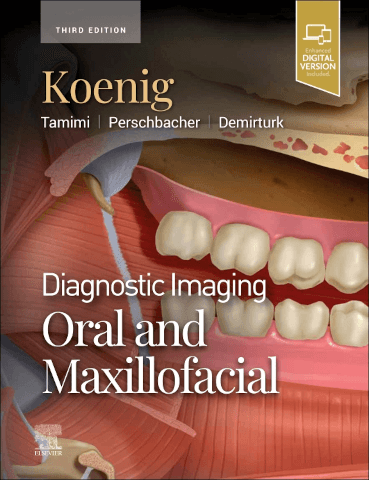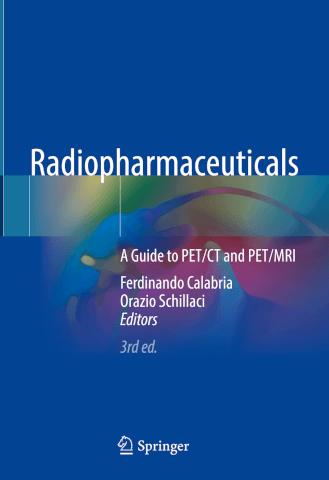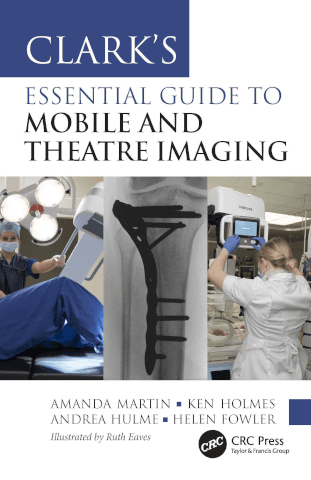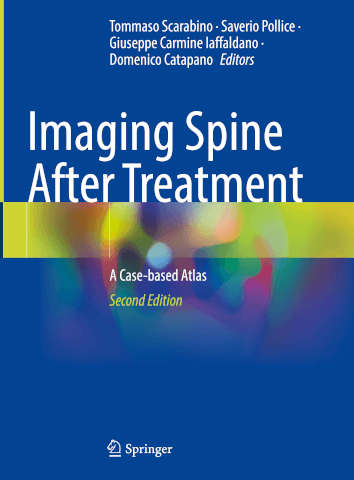
Anatomic Basis of Neurological Diagnosis, second edition
Description
Anatomic Basis of Neurologic Diagnosis, Second Edition details neuroanatomy in an organized, thorough manner, tipping its hat to the art and science of neurologic diagnosis.
Additional information
|
Author(s):
Alberstone, Benzel, Jones, Wang, Steinmetz | Alberstone, Benzel, Jones, Wang, Steinmetz |
|
ISBN:
978-1-626-23785-8 | 978-1-626-23785-8 |
|
Publisher:
Thieme | Thieme |
|
Reviewed by:
Dr Samantha Mills, consultant neuroradiologist, The Walton Centre NHS Foundation Trust, Liverpool | Dr Samantha Mills, consultant neuroradiologist, The Walton Centre NHS Foundation Trust, Liverpool |
Publisher price: £131.50
When I teach medical students and resident doctors, I constantly remind them that to be a good neuroradiologist you need to have a good understanding of the fundamentals of functional neuroanatomy and how the brain works. This book helps build this knowledge base. The patient-centric approach guides the reader through understanding the relevance of anatomy to clinical presentation of different disease processes.
It is a comprehensive text and has access to an online edition, which is always of value in the age of hot desking, remote reporting and when office space is at a premium. It is divided into four sections providing an overview of development and developmental disorders, regional anatomy and related syndromes, system-based anatomy and finally fluid system anatomy and function. There are multiple diagrams and illustrations to aid the understanding of anatomy and clinical examination. While these are largely clear and generally helpful, it should be noted that spinal and brainstem illustrations (including some spinal axial MRI sequences) are orientated to a neuroanatomy convention that many radiologists will find highly disconcerting, as this view is vertically inverted compared to the standard radiological orientation, with the dorsal columns located at the top of the image. The target readers for this book are wider than radiology; it aims for a more generic neuroscience audience, including neurology and neurosurgery residents as well as neuroradiology students. The authors themselves come from a range of neuroscience backgrounds including neurosurgery, neurology and neuroradiology. I do think the inclusion of more radiology images, MR in particular, would have been beneficial as readers are all generally accustomed to seeing such images in their day-to-day working lives. Throughout the time I have been reviewing this book, it has been placed on my office/workstation desk and there has been much interest from visiting neurologists and neurosurgeons. Many of my colleagues from different departments have had a quick flick through, asked to borrow it or noted down the ISBN to order their own copy.
If you are interested in understanding the clinical relevance of neuroanatomy and utilising this knowledge to aid radiological diagnosis this book is an excellent aid, but be mindful of the difference between a neuroanatomist’s image orientation and that of a neuroradiologist.
To purchase this title at our discounted rate email: katherine@radmagazine.com.



